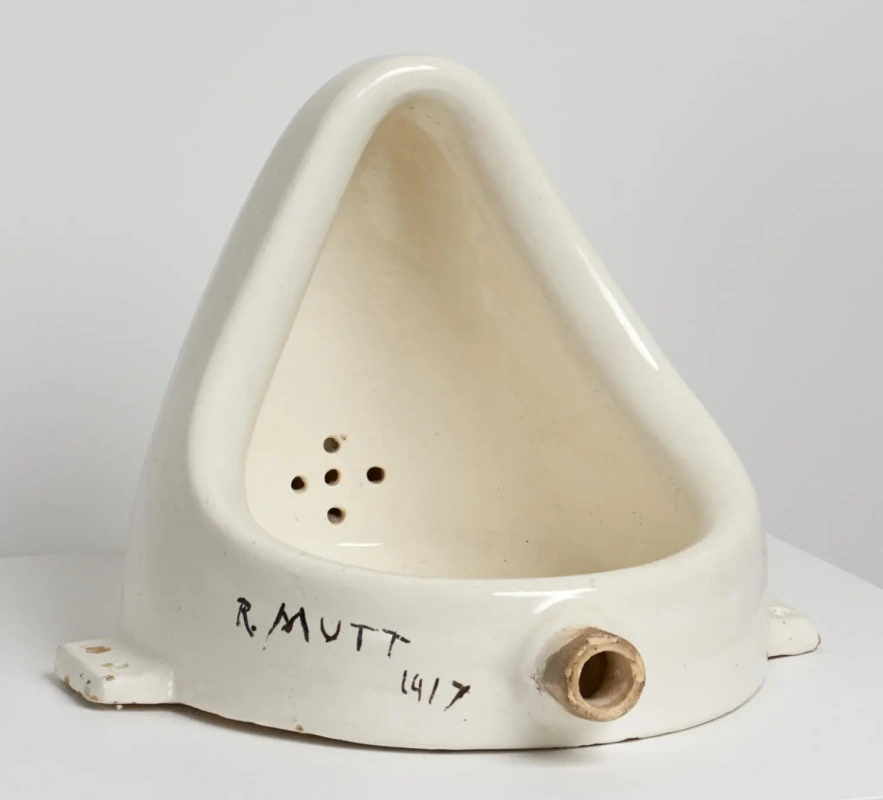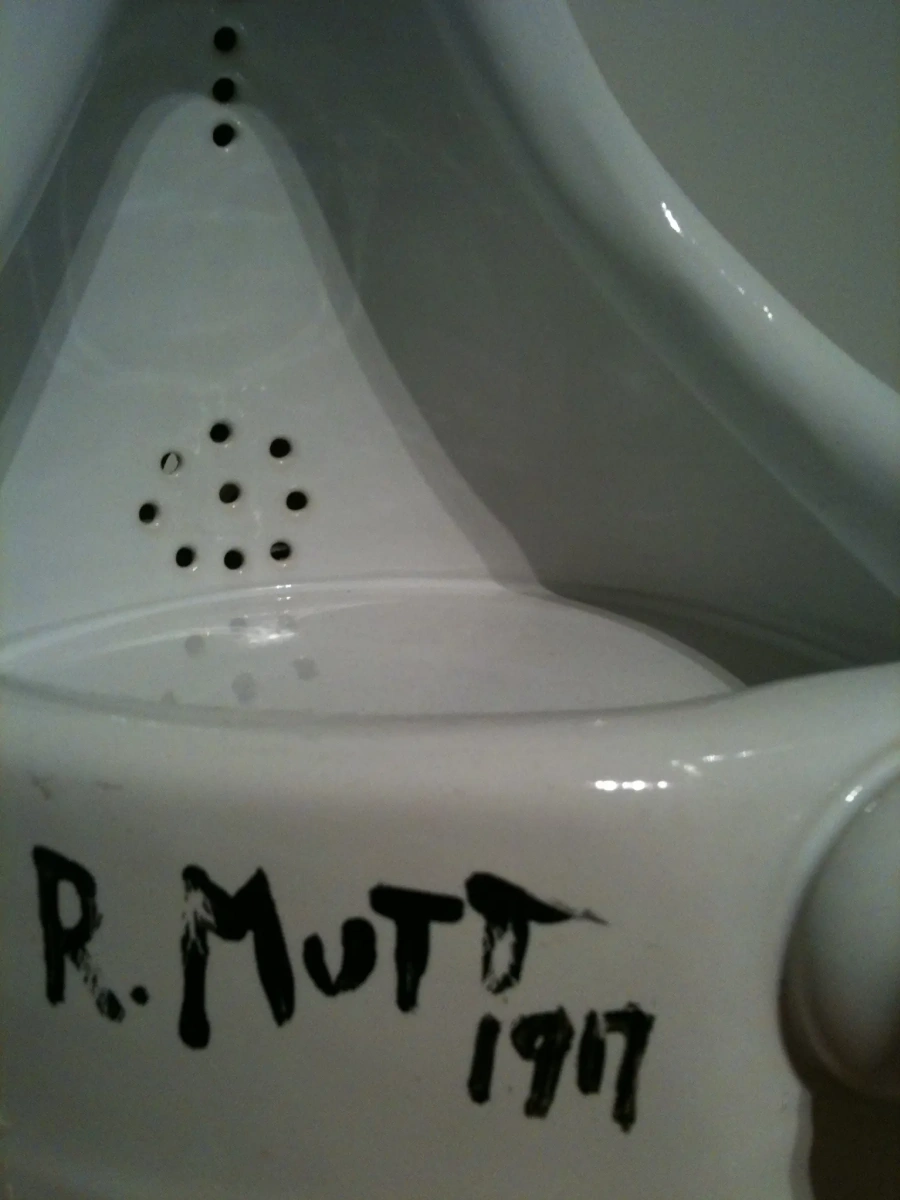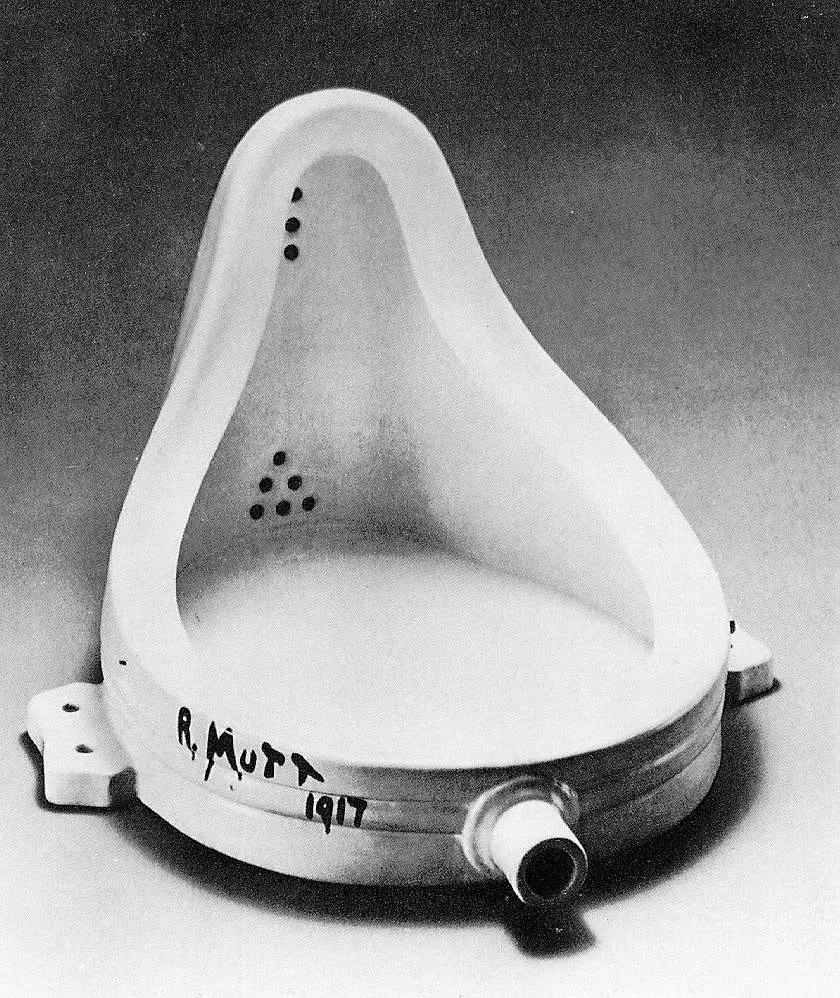log in
Enter site
Login to use Arthive functionality to the maximum
Fountain
Marcel Duchamp • Sculpture, 1917, 30.5×38.1 cm


















Description of the artwork «Fountain»
In 2004, the Daily Telegraph newspaper conducted a survey among the 500 most influential people from the world of British art. They had to choose five works of the twentieth century, which changed the art of the world and most strongly influenced its further development. The final list included two pictures. Pablo Picasso- "Avignon girls"and "Guernica", "Red Room" Henri Matisse and diptych "Marilyn" Andy Warhol. However, both the newspaper’s editorial office and art experts were completely unprepared for the fact that Marcel Duchamp's ironic porcelain urinal will take first place on this list. Yes, he himself would probably be surprised at this result. After all, the artist considered "Fountain" mockery of art. But the debate about whether this medium-making can be considered a work of art has not subsided for a hundred years.
"Fountain" was born in 1917. And there are two versions of its creation. According to the first, Duchamp once strolled with friends on Fifth Avenue in New York and drew attention to the window of the plumbing store. Artist inexplicably fascinated standard faience urinal. And so much so that Duchamp bought it, brought it to his studio, turned it over, signed it with the pseudonym R. Mutt (“The Fool”) and declared it a work of art. According to another version, the urinal was presented to the artist by one of his girlfriends, Dadaists. However, he himself denied any co-authorship.
In 1917, Duchamp presented the Fountain for the exhibition of the Society of Independent Artists. The verdict, which was made by the members of the Council of the Society (it included Duchamp himself), was unequivocal: "This is not art." This murderous phrase will pursue Duchamp throughout his life, even when he already becomes a recognized genius. “Fountain” was not allowed to the exhibition. Later, the scandalous ready-made was lost, only a photograph taken in the studio of Alfred Stiglitz remained. However, in several museums of the world are stored replicas of "Fontana", created already in the 50-60s.
If we return to the question of what can still be considered art, it is worth saying that Marcel Duchamp was looking for and finding the answers to this question throughout his mature career, in each of his ready-made. In his opinion, absolutely any object could be considered a work of art, if the artist declared it as such, and if it was presented at the exhibition. The “fountain” met both of these criteria, but was also a conscious provocation. Just five years earlier, Duchamp's painting “Nude, descending the stairs” was also not accepted to the exhibition due to its inconsistency with the canons of the nude image. What to say about such a "shameful" subject, as a urinal. However, Duchamp tried to demonstrate to the public and critics that the perception of the subject literally depends on the point of view on it. Turning the urinal 90 degrees, the artist deprived him of the possibility of being used for its intended purpose. And having given it the name "Fountain", he, one might say, changed the function of this object to the opposite, turning something low into sublime.
Author: Evgenia Sidelnikova
"Fountain" was born in 1917. And there are two versions of its creation. According to the first, Duchamp once strolled with friends on Fifth Avenue in New York and drew attention to the window of the plumbing store. Artist inexplicably fascinated standard faience urinal. And so much so that Duchamp bought it, brought it to his studio, turned it over, signed it with the pseudonym R. Mutt (“The Fool”) and declared it a work of art. According to another version, the urinal was presented to the artist by one of his girlfriends, Dadaists. However, he himself denied any co-authorship.
In 1917, Duchamp presented the Fountain for the exhibition of the Society of Independent Artists. The verdict, which was made by the members of the Council of the Society (it included Duchamp himself), was unequivocal: "This is not art." This murderous phrase will pursue Duchamp throughout his life, even when he already becomes a recognized genius. “Fountain” was not allowed to the exhibition. Later, the scandalous ready-made was lost, only a photograph taken in the studio of Alfred Stiglitz remained. However, in several museums of the world are stored replicas of "Fontana", created already in the 50-60s.
If we return to the question of what can still be considered art, it is worth saying that Marcel Duchamp was looking for and finding the answers to this question throughout his mature career, in each of his ready-made. In his opinion, absolutely any object could be considered a work of art, if the artist declared it as such, and if it was presented at the exhibition. The “fountain” met both of these criteria, but was also a conscious provocation. Just five years earlier, Duchamp's painting “Nude, descending the stairs” was also not accepted to the exhibition due to its inconsistency with the canons of the nude image. What to say about such a "shameful" subject, as a urinal. However, Duchamp tried to demonstrate to the public and critics that the perception of the subject literally depends on the point of view on it. Turning the urinal 90 degrees, the artist deprived him of the possibility of being used for its intended purpose. And having given it the name "Fountain", he, one might say, changed the function of this object to the opposite, turning something low into sublime.
Author: Evgenia Sidelnikova
Publications about the artwork
Recommended artworks:






















